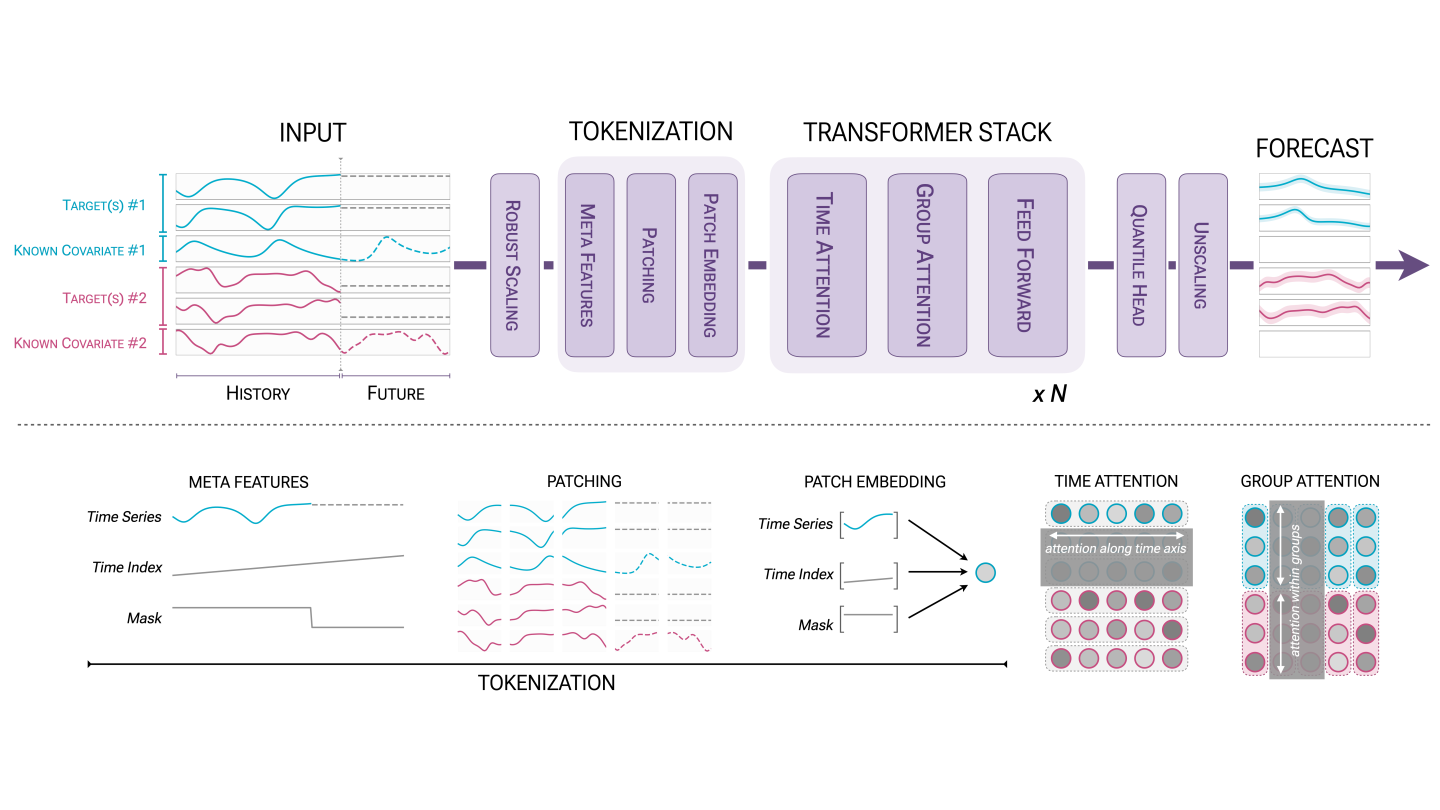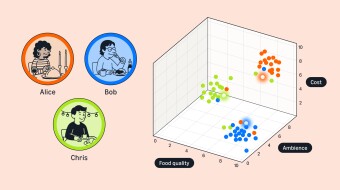Customer-obsessed science


Research areas
-
November 6, 2025A new approach to reducing carbon emissions reveals previously hidden emission “hotspots” within value chains, helping organizations make more detailed and dynamic decisions about their future carbon footprints.
-
-
Featured news
-
2025Existing automatic prompt engineering methods are typically designed for discriminative tasks, where new task prompts are iteratively refined with limited feedback from a single metric reflecting a single aspect. However, these approaches are suboptimal for generative tasks, which require more nuanced guidance beyond a single numeric metric to improve the prompt and optimize multiple aspects of the generated
-
Knowledge distillation is used, in generative language modeling, to train a smaller student model using the help of a larger teacher model, resulting in improved capabilities for the student model. In this paper, we formulate a more general framework for knowledge distillation where the student learns from the teacher during training, and also learns to ask for the teacher’s help at test-time following
-
2025In e-commerce, customers often struggle to find relevant items when their needs involve subjective properties characterized by personal or collective perception, tastes, and opinions, which are typically not captured in catalog data. This challenge is particularly pronounced in event-based scenarios like gifting, where selecting the right product involves complex subjective reasoning. Customer reviews can
-
2025Events like Valentine’s Day and Christmas can influence user intent when interacting with search engines. For example, a user searching for gift around Valentine’s Day is likely to be looking for Valentine’s-themed options, whereas the same query close to Christmas would more likely suggest an interest in Holiday-themed gifts. These shifts in user intent, driven by temporal factors, are often implicit but
-
2025Text-to-SQL simplifies database interactions by enabling non-experts to convert their natural language (NL) questions to Structured Query Language (SQL) queries. With advancements in Large Language Models (LLM), in-context learning (ICL) has emerged as a popular choice for building Text-to-SQL systems. Real world, industry-scale databases, often comprise thousands of tables and hundreds of columns, and
Collaborations
View allWhether you're a faculty member or student, there are number of ways you can engage with Amazon.
View all













































